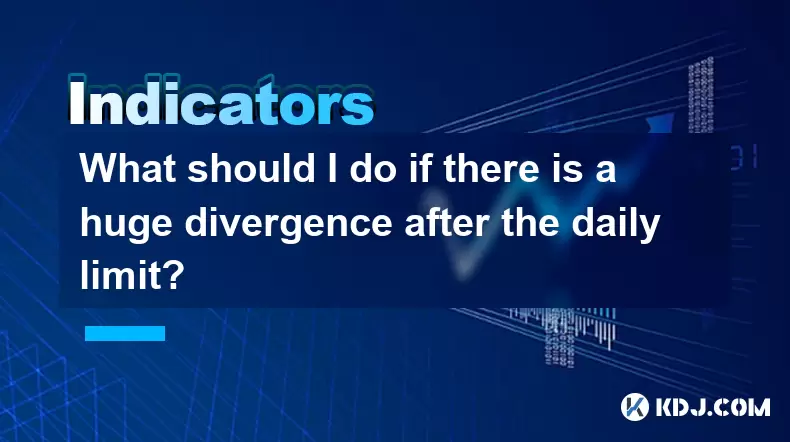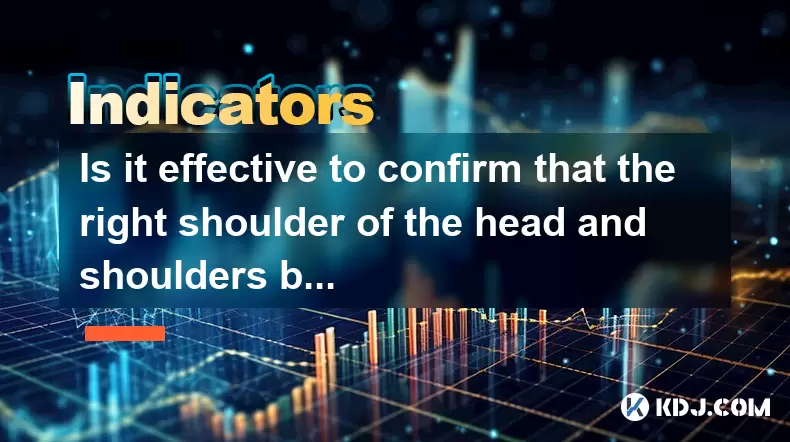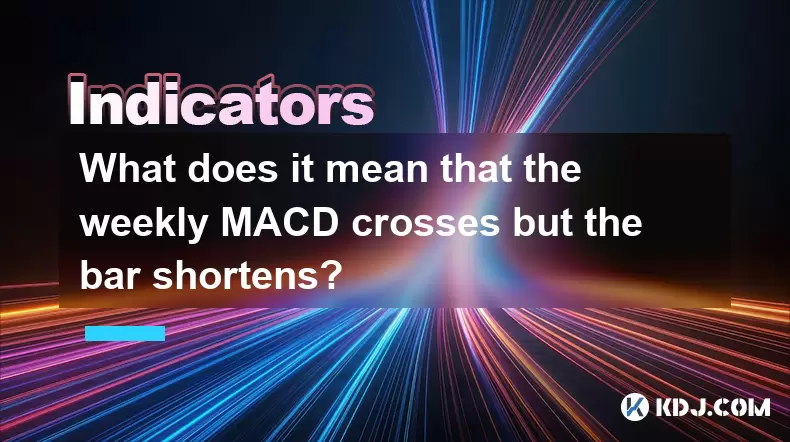-
 Bitcoin
Bitcoin $106,754.6083
1.33% -
 Ethereum
Ethereum $2,625.8249
3.80% -
 Tether USDt
Tether USDt $1.0001
-0.03% -
 XRP
XRP $2.1891
1.67% -
 BNB
BNB $654.5220
0.66% -
 Solana
Solana $156.9428
7.28% -
 USDC
USDC $0.9998
0.00% -
 Dogecoin
Dogecoin $0.1780
1.14% -
 TRON
TRON $0.2706
-0.16% -
 Cardano
Cardano $0.6470
2.77% -
 Hyperliquid
Hyperliquid $44.6467
10.24% -
 Sui
Sui $3.1128
3.86% -
 Bitcoin Cash
Bitcoin Cash $455.7646
3.00% -
 Chainlink
Chainlink $13.6858
4.08% -
 UNUS SED LEO
UNUS SED LEO $9.2682
0.21% -
 Avalanche
Avalanche $19.7433
3.79% -
 Stellar
Stellar $0.2616
1.64% -
 Toncoin
Toncoin $3.0222
2.19% -
 Shiba Inu
Shiba Inu $0.0...01220
1.49% -
 Hedera
Hedera $0.1580
2.75% -
 Litecoin
Litecoin $87.4964
2.29% -
 Polkadot
Polkadot $3.8958
3.05% -
 Ethena USDe
Ethena USDe $1.0000
-0.04% -
 Monero
Monero $317.2263
0.26% -
 Bitget Token
Bitget Token $4.5985
1.68% -
 Dai
Dai $0.9999
0.00% -
 Pepe
Pepe $0.0...01140
2.44% -
 Uniswap
Uniswap $7.6065
5.29% -
 Pi
Pi $0.6042
-2.00% -
 Aave
Aave $289.6343
6.02%
What should I do if there is a huge divergence after the daily limit?
If you encounter huge divergence after hitting the daily limit in crypto trading, identify the type, analyze causes, and adjust your strategy accordingly.
Jun 08, 2025 at 05:14 am

Understanding Divergence After the Daily Limit
When trading cryptocurrencies, encountering a daily limit can be a significant event. If there is a huge divergence after hitting the daily limit, it can leave traders puzzled and unsure of their next steps. Divergence after a daily limit refers to a situation where the price movement and the expected behavior based on technical indicators do not align. This can be both a bullish and bearish signal, depending on the context. In this article, we will explore what you should do if you encounter such a scenario.
Identifying Divergence After the Daily Limit
The first step in addressing a huge divergence after the daily limit is to identify the type of divergence. There are two primary types of divergence: bullish and bearish. Bullish divergence occurs when the price makes a new low, but the technical indicator (like the RSI or MACD) does not confirm this low. Conversely, bearish divergence happens when the price hits a new high, but the indicator fails to follow suit. Recognizing which type of divergence you are dealing with is crucial for making informed trading decisions.
Analyzing the Cause of Divergence
To effectively respond to a huge divergence after the daily limit, you need to analyze the underlying causes. Several factors can contribute to this divergence, including market sentiment, unexpected news, or liquidity issues. For instance, if a major news event occurs right after the daily limit is hit, it can cause a significant shift in market dynamics, leading to divergence. By understanding the root cause, you can better predict how the market might react next.
Evaluating Your Trading Strategy
Once you have identified and analyzed the divergence, the next step is to evaluate your current trading strategy. If you were expecting a breakout after the daily limit and instead encountered a divergence, it might be time to reassess your approach. Consider whether your technical indicators are still reliable in the current market conditions. You might need to adjust your stop-loss orders or take-profit levels to better align with the new market reality.
Implementing Adjustments to Your Trades
After evaluating your strategy, it's time to implement adjustments to your trades. Here are some steps you can take:
- Review your positions: Look at all your open positions and decide which ones need immediate attention. If a position is showing signs of bearish divergence, consider tightening your stop-loss to minimize potential losses.
- Adjust stop-loss and take-profit levels: Based on the type of divergence, adjust your stop-loss and take-profit levels accordingly. For bullish divergence, you might want to extend your take-profit level, while for bearish divergence, a tighter stop-loss could be beneficial.
- Consider partial exits: If you're unsure about the market's direction, consider taking partial profits or exiting part of your position to lock in gains and reduce risk.
- Monitor the market closely: Keep a close eye on the market to see if the divergence continues or if it resolves itself. Use real-time data and charts to make informed decisions.
Using Technical Indicators to Confirm Divergence
To ensure that your decisions are based on solid evidence, use technical indicators to confirm the divergence. Some of the most commonly used indicators for identifying divergence include:
- Relative Strength Index (RSI): The RSI can help you spot divergences by comparing the momentum of price movements. If the price hits a new high but the RSI does not, it could signal bearish divergence.
- Moving Average Convergence Divergence (MACD): The MACD can also be used to identify divergence. Look for situations where the price and the MACD line move in opposite directions.
- Stochastic Oscillator: This indicator can help you identify overbought or oversold conditions, which can be useful in confirming divergence signals.
By using these indicators, you can gain a more comprehensive understanding of the market and make more informed trading decisions.
Seeking Additional Information and Insights
In addition to technical analysis, seeking additional information and insights can be beneficial. This can include:
- Reading market news: Stay updated with the latest news and developments in the cryptocurrency market. Unexpected news can often be the cause of divergence after a daily limit.
- Analyzing social media sentiment: Platforms like Twitter and Reddit can provide valuable insights into market sentiment. Look for trends and discussions that might influence market movements.
- Consulting with other traders: Joining trading communities or forums can provide you with diverse perspectives and strategies. Other traders might have encountered similar situations and can offer valuable advice.
Frequently Asked Questions
Q: Can divergence after a daily limit be a false signal?
A: Yes, divergence after a daily limit can sometimes be a false signal. It's essential to use multiple indicators and confirm the divergence with additional data before making trading decisions. False signals can occur due to temporary market volatility or liquidity issues.
Q: How long should I wait to see if the divergence resolves itself?
A: The duration can vary depending on the specific market conditions and the cryptocurrency you are trading. Generally, it's advisable to monitor the market for at least a few hours to a day to see if the divergence persists or resolves. However, always be prepared to act quickly if the market moves against your position.
Q: Should I always adjust my trading strategy when encountering divergence after a daily limit?
A: Not necessarily. If your trading strategy has been successful in the past and the divergence is minor, you might choose to stick with your plan. However, if the divergence is significant and contradicts your strategy, it's wise to make adjustments to minimize potential losses.
Q: Can divergence after a daily limit be used as a trading opportunity?
A: Yes, divergence after a daily limit can be used as a trading opportunity, especially if you can accurately identify and confirm the type of divergence. For example, bullish divergence might signal a potential price increase, while bearish divergence could indicate an upcoming price drop. Always use caution and confirm signals with multiple indicators before entering new trades.
Disclaimer:info@kdj.com
The information provided is not trading advice. kdj.com does not assume any responsibility for any investments made based on the information provided in this article. Cryptocurrencies are highly volatile and it is highly recommended that you invest with caution after thorough research!
If you believe that the content used on this website infringes your copyright, please contact us immediately (info@kdj.com) and we will delete it promptly.
- 2025-W Uncirculated American Gold Eagle and Dr. Vera Rubin Quarter Mark New Products
- 2025-06-13 06:25:13
- Ruvi AI (RVU) Leverages Blockchain and Artificial Intelligence to Disrupt Marketing, Entertainment, and Finance
- 2025-06-13 07:05:12
- H100 Group AB Raises 101 Million SEK (Approximately $10.6 Million) to Bolster Bitcoin Reserves
- 2025-06-13 06:25:13
- Galaxy Digital CEO Mike Novogratz Says Bitcoin Will Replace Gold and Go to $1,000,000
- 2025-06-13 06:45:13
- Trust Wallet Token (TWT) Price Drops 5.7% as RWA Integration Plans Ignite Excitement
- 2025-06-13 06:45:13
- Ethereum (ETH) Is in the Second Phase of a Three-Stage Market Cycle
- 2025-06-13 07:25:13
Related knowledge

How to interpret the low opening the next day after the long lower shadow hits the bottom?
Jun 18,2025 at 12:22am
Understanding the Long Lower Shadow Candlestick PatternIn technical analysis, a long lower shadow candlestick is often seen as a potential reversal signal in a downtrend. This pattern occurs when the price opens, trades significantly lower during the session, but then recovers to close near the opening price or slightly above. The long wick at the botto...

How to operate the RSI indicator repeatedly in the 40-60 range?
Jun 18,2025 at 12:56am
Understanding the RSI Indicator and Its RelevanceThe Relative Strength Index (RSI) is a momentum oscillator widely used in cryptocurrency trading to measure the speed and change of price movements. Typically, the RSI ranges from 0 to 100, with levels above 70 considered overbought and below 30 considered oversold. However, when the RSI repeatedly stays ...

How strong is the MACD golden cross below the zero axis?
Jun 17,2025 at 11:00pm
Understanding the MACD Indicator in Cryptocurrency TradingThe Moving Average Convergence Divergence (MACD) is one of the most widely used technical indicators among cryptocurrency traders. It helps identify potential trend reversals, momentum shifts, and entry or exit points. The MACD consists of three main components: the MACD line, the signal line, an...

How effective is the golden cross of the William indicator double line in the oversold area?
Jun 17,2025 at 11:56pm
Understanding the William Indicator and Its Double Line SetupThe William %R (Williams Percent Range) is a momentum oscillator used to identify overbought or oversold conditions in a market. It ranges from 0 to -100, with readings above -20 considered overbought and below -80 deemed oversold. The double line setup refers to plotting two different timefra...

Is it effective to confirm that the right shoulder of the head and shoulders bottom volume at the 30-minute level is enlarged?
Jun 17,2025 at 11:42pm
Understanding the Head and Shoulders Pattern in Cryptocurrency TradingThe head and shoulders pattern is one of the most recognized reversal patterns in technical analysis, especially within cryptocurrency trading. It typically signals a potential shift from a bullish trend to a bearish one. This pattern consists of three peaks: the left shoulder, the he...

What does it mean that the weekly MACD crosses but the bar shortens?
Jun 18,2025 at 01:07am
Understanding the MACD IndicatorThe Moving Average Convergence Divergence (MACD) is a popular technical analysis tool used in cryptocurrency trading to identify potential trend reversals and momentum shifts. It consists of three main components: the MACD line, the signal line, and the histogram (also known as the bar). The MACD line is calculated by sub...

How to interpret the low opening the next day after the long lower shadow hits the bottom?
Jun 18,2025 at 12:22am
Understanding the Long Lower Shadow Candlestick PatternIn technical analysis, a long lower shadow candlestick is often seen as a potential reversal signal in a downtrend. This pattern occurs when the price opens, trades significantly lower during the session, but then recovers to close near the opening price or slightly above. The long wick at the botto...

How to operate the RSI indicator repeatedly in the 40-60 range?
Jun 18,2025 at 12:56am
Understanding the RSI Indicator and Its RelevanceThe Relative Strength Index (RSI) is a momentum oscillator widely used in cryptocurrency trading to measure the speed and change of price movements. Typically, the RSI ranges from 0 to 100, with levels above 70 considered overbought and below 30 considered oversold. However, when the RSI repeatedly stays ...

How strong is the MACD golden cross below the zero axis?
Jun 17,2025 at 11:00pm
Understanding the MACD Indicator in Cryptocurrency TradingThe Moving Average Convergence Divergence (MACD) is one of the most widely used technical indicators among cryptocurrency traders. It helps identify potential trend reversals, momentum shifts, and entry or exit points. The MACD consists of three main components: the MACD line, the signal line, an...

How effective is the golden cross of the William indicator double line in the oversold area?
Jun 17,2025 at 11:56pm
Understanding the William Indicator and Its Double Line SetupThe William %R (Williams Percent Range) is a momentum oscillator used to identify overbought or oversold conditions in a market. It ranges from 0 to -100, with readings above -20 considered overbought and below -80 deemed oversold. The double line setup refers to plotting two different timefra...

Is it effective to confirm that the right shoulder of the head and shoulders bottom volume at the 30-minute level is enlarged?
Jun 17,2025 at 11:42pm
Understanding the Head and Shoulders Pattern in Cryptocurrency TradingThe head and shoulders pattern is one of the most recognized reversal patterns in technical analysis, especially within cryptocurrency trading. It typically signals a potential shift from a bullish trend to a bearish one. This pattern consists of three peaks: the left shoulder, the he...

What does it mean that the weekly MACD crosses but the bar shortens?
Jun 18,2025 at 01:07am
Understanding the MACD IndicatorThe Moving Average Convergence Divergence (MACD) is a popular technical analysis tool used in cryptocurrency trading to identify potential trend reversals and momentum shifts. It consists of three main components: the MACD line, the signal line, and the histogram (also known as the bar). The MACD line is calculated by sub...
See all articles

























































































